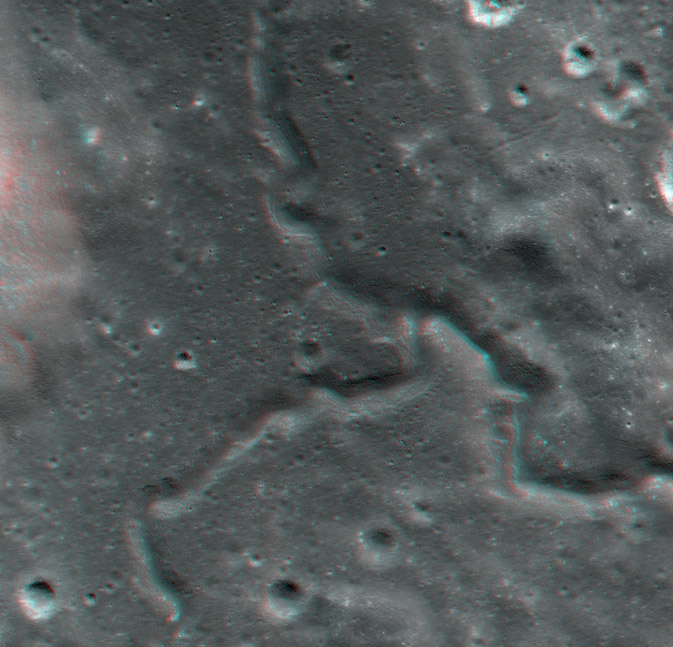Difference between revisions of "September 27, 2012"
| (3 intermediate revisions by the same user not shown) | |||
| Line 1: | Line 1: | ||
__NOTOC__ | __NOTOC__ | ||
=Squiggley Depths= | =Squiggley Depths= | ||
| + | <!-- Start of content --> | ||
<!-- ws:start:WikiTextHeadingRule:0:<h1> --> | <!-- ws:start:WikiTextHeadingRule:0:<h1> --> | ||
<!-- ws:start:WikiTextLocalImageRule:6:<img src="/file/view/LPOD-Sep27-12.jpg/368116764/LPOD-Sep27-12.jpg" alt="" title="" /> -->[[File:LPOD-Sep27-12.jpg|LPOD-Sep27-12.jpg]]<!-- ws:end:WikiTextLocalImageRule:6 --><br /> | <!-- ws:start:WikiTextLocalImageRule:6:<img src="/file/view/LPOD-Sep27-12.jpg/368116764/LPOD-Sep27-12.jpg" alt="" title="" /> -->[[File:LPOD-Sep27-12.jpg|LPOD-Sep27-12.jpg]]<!-- ws:end:WikiTextLocalImageRule:6 --><br /> | ||
| − | <em>LRO NAC anaglyph from [http://www.nasa.gov/mission_pages/LRO/news/3d-moon.html | + | <em>LRO NAC anaglyph from [http://www.nasa.gov/mission_pages/LRO/news/3d-moon.html NASA/Goddard/Arizona State University]</em><br /> |
<br /> | <br /> | ||
| − | Get out your red-blue glasses to explore the depths and twists of this small rille complex. In the NASA [http://www.nasa.gov/mission_pages/LRO/news/3d-moon.html | + | Get out your red-blue glasses to explore the depths and twists of this small rille complex. In the NASA [http://www.nasa.gov/mission_pages/LRO/news/3d-moon.html press release] this 3-D view is labelled <em>Alpes Sinuous Rille</em>, and the caption mentions that Apollo 15 astronauts <em>landed on the edge of a Hadley Rille</em>. I can't identify where this rille is because it was made from a stereo pair of NAC images so the area covered may be only 1-2 km wide; I am sure LPOD readers will find exactly where it is. The news accompanying the release of this image and three others is that they were made automatically. A team from Arizona State University and from the University of Arizona - two powerhouse planetary science institutions - devised the process to create these anaglyphs. As they are produced the anaglyphs will appear on the LRO [http://www.lroc.asu.edu website], but I don't see any there yet. <br /> |
<br /> | <br /> | ||
| − | <em>[mailto:tychocrater@yahoo.com | + | <em>[mailto:tychocrater@yahoo.com Chuck Wood]<br /> |
PS - I can't see stereo so have no real idea if this image has useful stereo</em><br /> | PS - I can't see stereo so have no real idea if this image has useful stereo</em><br /> | ||
<br /> | <br /> | ||
| Line 13: | Line 14: | ||
Rükl plate ?<br /> | Rükl plate ?<br /> | ||
<br /> | <br /> | ||
| + | <p><b>Yesterday's LPOD:</b> [[September 26, 2012|Ever New Moon]] </p> | ||
| + | <p><b>Tomorrow's LPOD:</b> [[September 28, 2012|Polar Geography*]] </p> | ||
<hr /> | <hr /> | ||
| + | {{wiki/ArticleFooter}} | ||
Latest revision as of 15:09, 8 February 2015
Squiggley Depths

LRO NAC anaglyph from NASA/Goddard/Arizona State University
Get out your red-blue glasses to explore the depths and twists of this small rille complex. In the NASA press release this 3-D view is labelled Alpes Sinuous Rille, and the caption mentions that Apollo 15 astronauts landed on the edge of a Hadley Rille. I can't identify where this rille is because it was made from a stereo pair of NAC images so the area covered may be only 1-2 km wide; I am sure LPOD readers will find exactly where it is. The news accompanying the release of this image and three others is that they were made automatically. A team from Arizona State University and from the University of Arizona - two powerhouse planetary science institutions - devised the process to create these anaglyphs. As they are produced the anaglyphs will appear on the LRO website, but I don't see any there yet.
Chuck Wood
PS - I can't see stereo so have no real idea if this image has useful stereo
Related Links
Rükl plate ?
Yesterday's LPOD: Ever New Moon
Tomorrow's LPOD: Polar Geography*
COMMENTS?
Register, Log in, and join in the comments.



